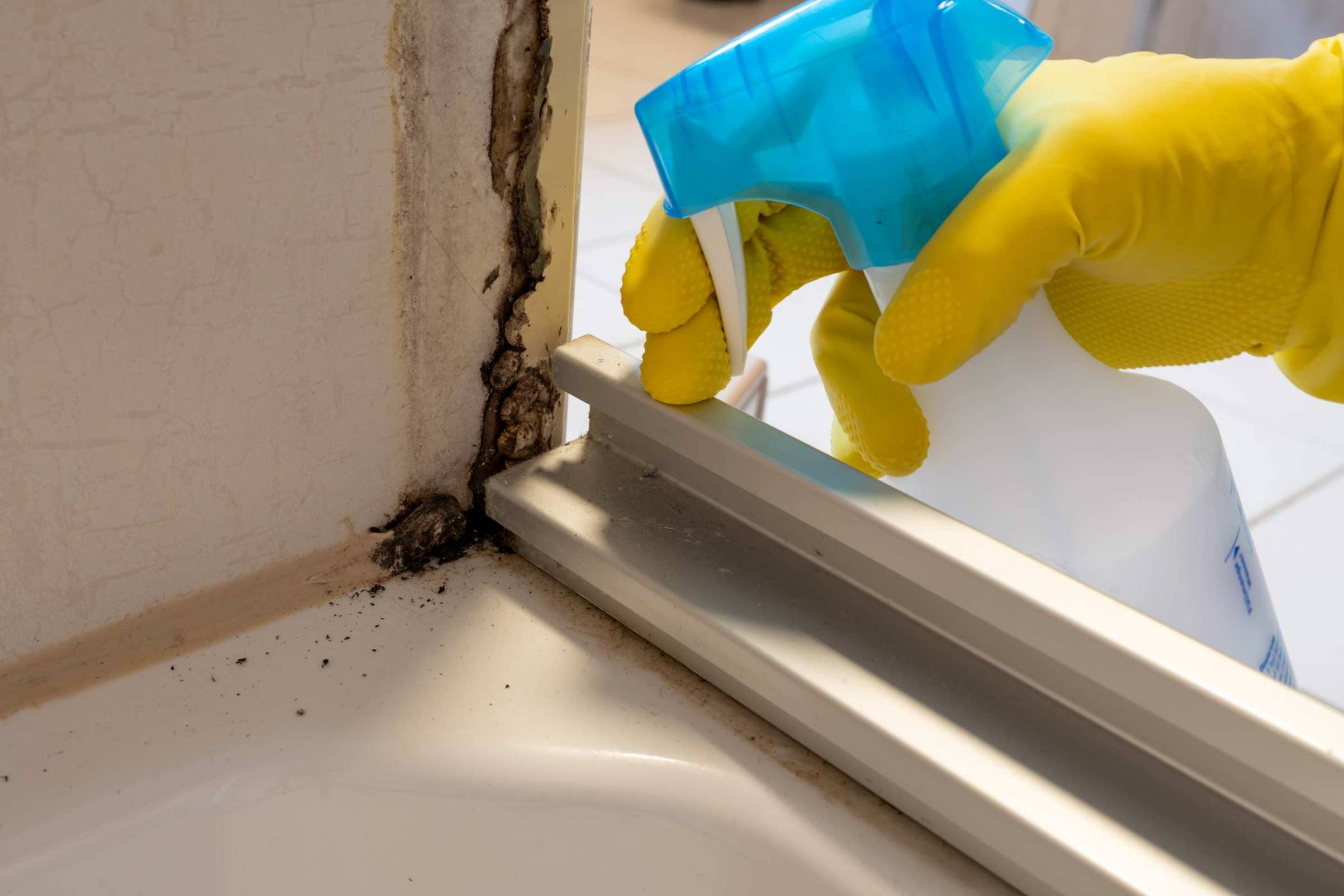Unexpected events like a burst pipe, a leaky roof, or a flooded basement following intense rain can result in water damage. The damage gets worse the longer the water remains in your house. If the issue is not addressed correctly, wood may rot, mold may begin to grow within 24 to 48 hours, and structural problems may ensue.
What should you do, then, if you experience water damage? To repair your house, save money, and avoid more issues, this guide takes you step-by-step through the process.
Step 1: Ensure Safety First
Make sure it’s safe to enter your house before you do anything. If water has gotten to electrical outlets or appliances, turn off the primary power source because electricity and water can be dangerous. Call your utility company or an electrician for help if you cannot safely reach the breaker.
Wear protective clothing, such as boots, rubber gloves, and a mask, particularly if the water is tainted by floodwaters or sewage.
Step 2: Stop the Source of Water
You can’t fix the damage until you stop more water from coming in.
- For a burst pipe: shut off your home’s main water supply.
- For roof leaks: place a tarp or bucket to contain the water until repairs can be made.
- For flooding: wait for the water source (like heavy rain) to stop before cleanup.
The faster you control the source, the less severe the damage will be.
Step 3: Document the Damage for Insurance
Take pictures and videos of the impacted areas before relocating anything. This documentation can save you a lot of trouble because insurance companies require it to process claims.
List the damaged items along with their age and value. Wait until your insurance adjuster has examined everything before discarding anything.
Step 4: Remove Standing Water
The greatest threat to you is standing water. Mold and structural damage are more likely to develop the longer it sits. Here’s how to get rid of it:
- Small areas: Use buckets, towels, and a wet/dry vacuum.
- Large areas: Rent a sump pump or call a professional restoration company for faster extraction.
Replace or remove any wet drywall, furniture, or carpet to stop mold from growing.
Step 5: Dry Out the Area
Drying is as crucial as getting rid of the water. Fans, open windows, and dehumidifiers move air around and eliminate moisture. Professionals frequently use industrial-grade equipment, which operates more quickly than fans found in homes.
Experts use moisture meters to detect hidden moisture beneath floors and behind walls to ensure everything is dry. Ignoring this step can cause significant issues later on.
Step 6: Clean and Disinfect
Everything that came into contact with water should be cleaned and disinfected after the area has dried, particularly if the water came from a sewer line or the outdoors. To stop the growth of mold and bacteria, use antimicrobial solutions.
Step 7: Check for Mold
Even after the water is gone, mold can grow in as little as 24 to 48 hours. Look for any noticeable stains or musty smells on the walls, carpets, and furniture. Call a professional immediately if you see mold because doing it yourself can be dangerous and spread spores.
Step 8: Restore and Repair
Lastly, fix the damaged areas of your house. This may include:
- Replacing insulation and drywall
- Setting up new flooring
- Painting walls again
- Replacing or repairing broken furniture
The safest action is to hire a professional water damage restoration company if the damage is extensive. They have the necessary equipment and know-how to guarantee your house’s complete restoration and safety.
How to Prevent Future Water Damage

- Check for leaks and broken shingles on your roof regularly.
- To avoid water backup, keep downspouts and gutters clean.
- To prevent flooding in basements, install a sump pump.
- Look for leaks or corrosion in pipes and hoses.
- Be aware of the location of your primary water shut-off valve in an emergency.
Final Thoughts
Although water damage can seem overwhelming, you can save your house and money by taking the proper precautions and acting promptly. It’s an investment in your property and safety to hire a professional water damage restoration company if in doubt.
FAQs
1. How long does it take to dry out water damage?
It depends on the severity, but typically 24–72 hours for small areas. Severe damage may take several days with professional drying equipment.
2. Can I handle water damage myself?
You can handle minor leaks, but large-scale flooding or contaminated water requires professionals to ensure safety and prevent mold.
3. Will my insurance cover water damage?
Most policies cover sudden damage (like a burst pipe) but not gradual issues like leaks from poor maintenance. Check your policy or speak with your insurer.
4. How do I know if I have mold after water damage?
Look for musty odors, discoloration, or visible growth on walls and floors. If unsure, hire a mold inspection service.
5. Is water damage dangerous to my health?
Yes, especially if the water was contaminated or if mold develops. It can cause respiratory problems, allergies, and structural hazards.
Brendon Mitchell
Related posts
Stay connected
- How LoveOn Chat Is Becoming the Most Versatile AI Companion for Digital UsersThe internet keeps shifting toward hyper-personal interaction, and AI companions are at the center of this shift. What used to be simple chatbots are now evolving into emotionally aware, adaptive, and multi-functional digital partners. Among the new generation of platforms, LoveOn Chat is becoming one... The post How LoveOn Chat Is Becoming the Most Versatile […]

